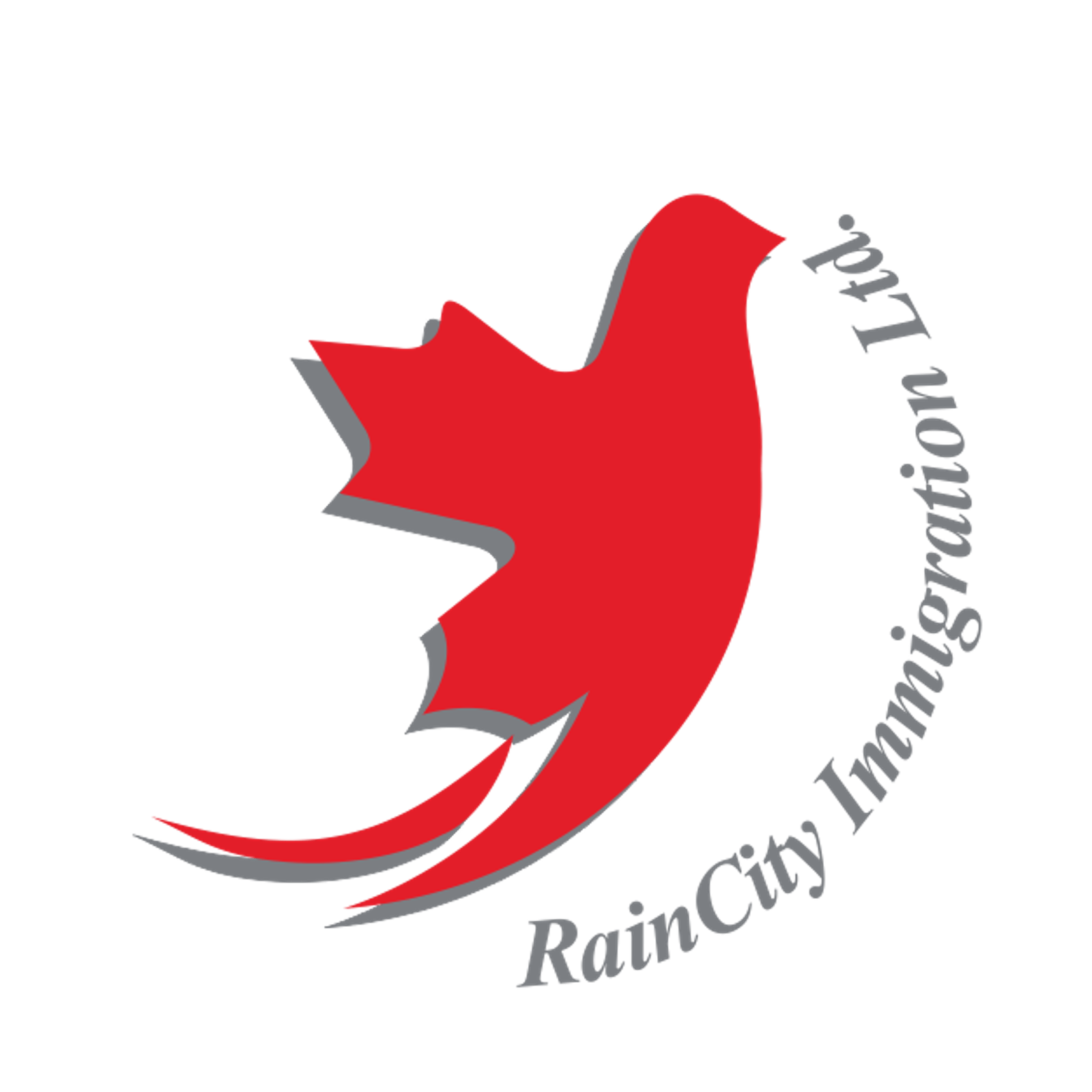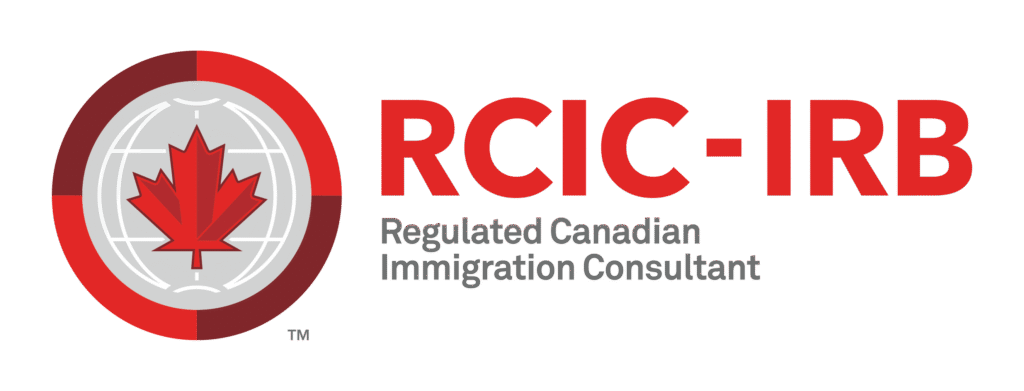National Occupational Classification (NOC)

The National Occupational Classification (NOC) is a system for describing Canadian jobs. Through this system, statisticians, labor market analysts, career advisors, employers, and job seekers have a standardized way to describe and understand a specific job.
The National Job Classification organizes around 30,000 job titles into 500 occupational groups, 6 skill levels, and 10 major job categories. This system was created in collaboration between Employment and Social Development Canada and Statistics Canada. These two organizations continue to work together to maintain and update the national job classification.
What is the NOC job classification system in Canada?
The NOC (National Occupational Classification) is a coded mechanism used for categorizing jobs. In other words, the NOC is an organized structure that classifies a wide range of occupational activities. Additionally, the NOC system, besides classifying jobs, also includes information related to each job, such as job descriptions, required skills, and more.
The Immigration, Refugees and Citizenship Canada (IRCC) uses this system to analyze labor market information, job forecasting, workforce planning, demand analysis, and overall, for managing job-related programs.
Get to know the new version of the NOC job classification 2021!
The first edition of the NOC was published in 1992 to categorize the national jobs of Canada and has undergone a major structural revision every 10 years since then, during which existing job groups are reviewed alongside information collected from many relevant stakeholders. The latest version of the NOC system was released in 2011 and then updated in 2016 and published by Immigration, Refugees and Citizenship Canada.
Following the official announcement from Immigration, Refugees and Citizenship Canada, as of November 16, 2022, the new version of the NOC system (2021) has been put into use for immigration and work permit applications.
For candidates who applied before November 16, the NOC 2016 system will still be used.
Changes in the new National Occupational Classification (NOC) system
In the 2021 update of the NOC classification system, more jobs have been added to the demand list, providing job seekers with more opportunities. Some of the major changes in the NOC 2021 system include:
Since the focus of the NOC 2021 system is on jobs rather than skills, this NOC is designed using an innovative six-group classification called TEER (Training, Education, Experience, and Responsibilities), which indicates the level of education, qualifications, experience, and responsibilities required for a job. This replaces the four-level “Skill Level” classification from the 2016 version, and this change will lead to a more balanced distribution of jobs among the “TEER categories.”
| “Skill Level” in the NOC 2016 system | “TEER” in the NOC 2021 system |
|---|---|
| Skill Level 0 | TEER 0 |
| Skill Level A | TEER 1 |
| Skill Level B | TEER 2 & TEER 3 |
| Skill Level C | TEER 4 |
| Skill Level D | TEER 5 |
The NOC 2021 system considers distinctions in formal education and training requirements and better reflects skill and knowledge development that occurs through on-the-job experience. The NOC 2021 introduces a new five-digit hierarchical structure compared to the four-digit hierarchical structure in previous classifications.
Classification structure of the NOC 2021
The NOC 2021 system features a five-tier hierarchical structure of occupational groups with sequential levels of delineation, consisting of the following categories: Broad Occupational Category, Major Group, Sub-major Group, Minor Group, and Unit Group.
1. Broad Occupational Category
The Broad Occupational Category represents the classification of jobs defined by the type of work performed, field of study, or industry of employment.
2. Major Group
The main group is a two-digit code and includes 45 categories. The first digit of this code indicates the broad category, which is a number between zero and nine. The second digit indicates the TEER classification, which is a number between zero and five, representing the education, qualifications, experience, and responsibilities required for the job.
3. Sub-major Group
Using the first two digits of the NOC code, it is identified and includes 89 categories.
4. Minor Group
Using the first three digits of the NOC code, it is identified and includes 162 categories.
5. Unit Group
Using the first four digits of the NOC code, it is identified and includes 516 categories.
It may seem a bit confusing, but let’s clarify everything with an example.
For instance, consider the job of a Civil Engineer. This job is recognized in the new Canadian job classification system, or NOC 2021, with the NOC code 21300. Now, let’s break down these five layers for this job position:
Layer one: broad category = Natural Sciences occupations = 2
Layer two: main group = Professional occupations in applied and natural sciences = 21 (broad category = 2 and TEER = 1)
Layer three: sub-major group = Professional occupations in engineering = 213
Layer four: minor group = Civil and mechanical engineers = 2130
Layer five: unit group = Civil engineers = 21300
It’s worth noting that in the previous NOC 2016 system, the main group was a single digit and only represented the “broad category.” For example, in the previous system, the Civil Engineer was recognized with the NOC code 2131, which had a main group of 2.
Classified job list NOC 2021
In this section, we present the list of NOC 2021 occupations based on the classification according to broad job categories.
BOC 0 - Legislators and senior management occupations
This broad category includes legislators and senior management occupations.
| NOC | Job Title | TEER |
|---|---|---|
| 00010 | Lawmaker | 0 |
| 00011 | Senior Government Manager | 0 |
| 00012 | Senior Manager in Finance & Communications & Other Areas | 0 |
| 00013 | Senior Manager in Health & Education & and Social Services | 0 |
| 00014 | Senior Manager in Business and Media | 0 |
| 00015 | Senior Manager in Construction & Transportation & Manufacturing | 0 |
BOC 1 - Business, finance, and administrative occupations
This category includes mid-level specialized management jobs in administrative services, financial and business services, and communications (excluding broadcasting), as well as professional jobs in finance and business. It includes administrative and financial supervisors, specialized administrative positions, transport logistics roles, and various administrative and office support jobs, along with supply chain logistics positions.
BOC 2 - Natural and applied sciences and related occupations
This category includes jobs in natural sciences (including basic and applied sciences as well as experimental development), engineering, architecture, and information technology. These occupations cover specialized mid-management roles in engineering, architecture, science, and information systems. Professional jobs in natural sciences (basic and applied sciences and experimental development); and technical jobs related to natural sciences (including basic and applied sciences and experimental development).
BOC 3 - Health and Healthcare Occupations
This category includes specialized mid-level management jobs in healthcare, as well as positions that provide healthcare services directly to patients (technical and professional jobs in health) and roles that support healthcare services.
BOC 4 - Education, Law and Social Service Occupations, Community and Government
This broad category encompasses managers in government management, in education and social services, as well as in public safety services, and includes jobs related to teaching, law, consulting, conducting social science research, developing government policies, and implementing government programs, among others, along with related support jobs.
BOC 5 - Arts, Culture, Recreation and Sports Occupations
This wide-ranging category includes specialized mid-level management positions in arts, culture, recreation, and sports, as well as professional, technical, support jobs and other roles related to arts and culture (including performing arts, film and video, broadcasting, journalism, writing, creativity, design, libraries and museums), recreation, and sports.
BOC 6 - Sales and Service Occupations
This broad category covers mid-level management jobs in wholesale and retail, customer service, and related positions in wholesale and retail, along with customer, personal, and support services related to a wide range of business and service industries, such as housing and food services, travel, tourism, and cleaning services.
BOC 7 - Technical, Transport, Equipment Operator and Related Occupations
This expansive category includes mid-level technical and professional management jobs in transportation and equipment, as well as roles like technical jobs and transportation officers and controllers. It also covers public dealings; postal and messaging distribution, other transportation equipment operators, and related maintenance workers; as well as transport helpers, workers, operators, and drivers.
BOC 8 - Natural Resources, Agriculture and Related Manufacturing Occupations
This broad category includes mid-level management jobs in natural resources, agriculture, and related production, as well as jobs concerning the oversight and operation of equipment in resource-based sectors like mining, oil and gas production, forestry and logging, agriculture, horticulture, and fishing. Harvest workers, landscaping, and natural resource jobs are also included. Most jobs in this category are specific to the industry and do not occur outside of primary resource sectors.
BOC 9 - Production and Facilities Occupations
This wide-ranging category encompasses mid-level management roles in manufacturing and facilities, along with jobs related to supervision, production, and work in manufacturing, processing, and facilities.
The TEER classification in NOC jobs
This classification reflects the level of training, education, experience, and responsibilities required for the job.
| TEER | Types of Occupations | Example |
|---|---|---|
| TEER 0 | Managerial Occupations | Advertising & Marketing and Public Relations Managers & Financial Managers |
| TEER 1 | Occupations that usually require a university degree | Financial Advisors & Software Engineers |
| TEER 2 | Occupations that usually require one of the following: A college diploma & Two years or more of apprenticeship or Supervisory occupations | Computer and Web Network Technicians & Medical Laboratory Technicians |
| TEER 3 | Occupations that usually require one of the following: A college diploma & Less than two years of apprenticeship or More than six months of work experience | Bakers & Dental Assistants and Dental Laboratory Assistants |
| TEER 4 | Occupations that usually require one of the following: A high school diploma orSeveral weeks of on-the-job training | Home Childcare Providers & Retailers |
| TEER 5 | Occupations that typically require short-term work and no formal training. | Landscaping and Grounds Maintenance Workers & Delivery Drivers and Distributors |
Change in some Express Entry criteria
Express Entry is one of Canada’s main pathways for bringing skilled immigrants into the country. All three programs under Express Entry, including Canadian Experience, Federal Skilled Worker, and Federal Skilled Trade, have made changes to their eligibility criteria in line with NOC 2021.
| Eligibility criteria | Canadian Experience Class (CEC) | Federal Skilled Worker (FSWP) | Federal Skilled Trades (FSTP) |
|---|---|---|---|
| English or French language proficiency at CLB levels | CLB 7 for TEER 0 or TEER 1 jobs&CLB 5 for TEER 2 or TEER 3 jobs | CLB 7 | CLB 5 for Speaking and Listening; CLB 4 for Reading and Writing. |
| Type/level of work experience | Canadian work experience in a job listed in one or more of these NOC TEER categories: TEER 0 TEER 1 TEER 2 or TEER 3. | Work experience in a job listed in one of these NOC TEER categories: TEER 0 TEER 1 TEER 2 or TEER 3. | Work experience in skilled trades under key TEER 2 or TEER 3 groups.* (More details to follow) |
| Amount of work experience | One year in Canada in the last three years (a mix of full-time or part-time work). | A year of continuous experience in the past 10 years (a mix of part-time full-time or more than one job in your primary occupation). | Two years in the last five years (a mix of full-time or part-time work). |
| Job offer | Not required. | Not required but you can gain points for a valid job offer under the selection criteria (FSW). | A valid job offer for full-time employment for at least one year or a certificate of qualification in that skilled trade issued by a provincial or territorial or federal authority in Canada. |
| Education | Not required. | Secondary education is mandatory. You can earn more points under the selection criteria (FSW) for your post-secondary education. | Not required. |
TEER 2, TEER 3 skilled trades:
Major group 72, Technical and transportation officers and controllers, except Major group 726, Transportation officers and controllers
Major group 73, General trades
Major group 82, Supervisors of natural resources, agriculture and related production
Major group 83, Natural resource and related production trades
Major group 92, Processing, manufacturing and utilities supervisors, and operators and controllers
Major group 93, Central control and process operators and aircraft assembly and inspection workers, except Major group 932, Aircraft assemblers and aircraft inspectors
Minor group 6320, Chefs, butchers, and bakers
Unit group 62200, Chefs
New eligible occupations for Express Entry in NOC 2021
16 jobs are now eligible for the immigration programs under the Express Entry category:
Payroll Supervisor
Dental Assistant
Nurse Assistant
Pharmacy Technician and Pharmacy Assistant
Elementary and Secondary Teacher Assistant
Judicial Police
Correctional Officer
Law Enforcement Supervisors
Beautician and Electrologist
Residential and Commercial Installer and Service Technician
Pest Control and Pesticide Applicator
Other Repairers and Service Technicians
Truck Driver
Bus Driver, Subway Operator, and Others
Transport Operators
Heavy Equipment Operators
Aircraft Assembler and Aircraft Assembly Inspector
Jobs that are no longer eligible for Express Entry
In NOC 2021, the following three jobs are not eligible through the Express Entry system:
Other Executive Positions (Managers)
Program Manager and Wellness and Fitness Coach
Tailor
Of course, these three jobs and other TEER 4 and TEER 5 occupations are still eligible under other immigration pathways like certain Provincial Nominee Programs (PNP) in Canada.
Frequently asked questions
Will NOC 2021 have an impact on the Comprehensive Ranking System?
With NOC 2021, the points granted for a “job offer” in the Comprehensive Ranking System (CRS) now follow an updated type/skill level chart. For example, a candidate who received 50 points for a “job offer” under skill/level type 0, A, or B in the NOC 2016 version will still earn these points in NOC 2021 if their NOC falls under TEER 0, 1, 2, or 3.
How will the updates to Express Entry profiles work after the release of NOC 2021?
Depending on where a candidate is in their Express Entry journey, IRCC will require different actions due to the shift to NOC 2021.
Candidates who haven’t submitted an Express Entry profile yet but plan to do so on or after Canada’s transition date from NOC 2016 (November 16, 2022) need to find and submit their job code according to NOC 2021 when filling it out. Candidates who have already submitted their application but haven’t received an Invitation to Apply (ITA) must update their submitted Express Entry profile after the official switch from NOC 2016. Express Entry candidates should look up the NOC 2021 list on the Employment and Social Development Canada (ESDC) website and update their Express Entry profile using the new NOC 2021 TEER category and their five-digit job code. Candidates who received an ITA before November 16 can simply submit their Express Entry application using the NOC 2016 system (and the NOC code provided at the time of receiving the ITA). In this case, the switch to NOC 2021 can be ignored.





